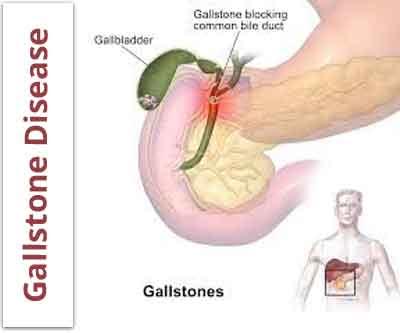- Home
- Editorial
- News
- Practice Guidelines
- Anesthesiology Guidelines
- Cancer Guidelines
- Cardiac Sciences Guidelines
- Critical Care Guidelines
- Dentistry Guidelines
- Dermatology Guidelines
- Diabetes and Endo Guidelines
- Diagnostics Guidelines
- ENT Guidelines
- Featured Practice Guidelines
- Gastroenterology Guidelines
- Geriatrics Guidelines
- Medicine Guidelines
- Nephrology Guidelines
- Neurosciences Guidelines
- Obs and Gynae Guidelines
- Ophthalmology Guidelines
- Orthopaedics Guidelines
- Paediatrics Guidelines
- Psychiatry Guidelines
- Pulmonology Guidelines
- Radiology Guidelines
- Surgery Guidelines
- Urology Guidelines
Endoscopic management of common bile duct stones: ESGE 2019 Guidelines

European Society of Gastrointestinal Endoscopy (ESGE )has released new guidelines for Endoscopic management of common bile duct stones. The Guidelines have been published in the Journal Endoscopy.
The cholecystectomy must be performed 2 weeks after ERCP for duct clearance according to the guidelines but this rarely happens in practice.
For further reference log on to :
The new guideline on the evaluation and treatment of common bile duct stones (CBDS) is based on a systematic literature review and it covers the epidemiology of choledocholithiasis and its risk factors, as well as the role of laboratory studies and noninvasive imaging. Evidence-based recommendations not only focus on endoscopic interventions but also include the role and timing of surgery.
Key Recommendations include-
Diagnosis
- ESGE recommends endoscopic ultrasonography or magnetic resonance cholangiopancreatography to diagnose common bile duct stones in patients with persistent clinical suspicion but insufficient evidence of stones on abdominal ultrasonography.
- Obtain liver function tests and abdominal ultrasonography as the first diagnostic steps for suspected CBDS
Treatment
- ESGE recommends offering stone extraction to all patients with common bile duct stones, symptomatic or not, who are fit enough to tolerate the intervention.
- ESGE recommends liver function tests and abdominal ultrasonography as the initial diagnostic steps for suspected common bile duct stones. Combining these tests defines the probability of having common bile duct stones.
- In patients with acute cholangitis, perform endoscopic drainage as first-line therapy, with timing based on the severity of disease as follows:
Severe: within 12 hours in patients with septic shock
- Moderate: within 48–72 hours
- Mild: elective
- ESGE recommends endoscopic placement of a temporary biliary plastic stent in patients with irretrievable biliary stones that warrant biliary drainage.
- Perform a limited sphincterotomy combined with endoscopic papillary large-balloon dilation (EPBD) as the first-line technique to remove difficult CBDS.
- Using cholangioscopy-assisted techniques to perform lithotripsy (electrohydraulic or laser) is safe and effective for treating difficult CBDS.
- ESGE recommends performing a laparoscopic cholecystectomy within 2 weeks from ERCP for patients treated for choledocholithiasis to reduce the conversion rate and the risk of recurrent biliary events.
The cholecystectomy must be performed 2 weeks after ERCP for duct clearance according to the guidelines but this rarely happens in practice.
For further reference log on to :
Manes G et al. Endoscopic management of common bile duct stones: European Society of Gastrointestinal Endoscopy (ESGE) guideline. Endoscopy 2019 Apr 3; [e-pub]. (https://doi.org/10.1055/a-
common bile ductendoscopicEndoscopic managementESGEGall BladderinterventionsJournal Endoscopymagnetic resonance cholangiopancreatographyMRCPNew guidelinesstones
Next Story
NO DATA FOUND

Disclaimer: This site is primarily intended for healthcare professionals. Any content/information on this website does not replace the advice of medical and/or health professionals and should not be construed as medical/diagnostic advice/endorsement or prescription. Use of this site is subject to our terms of use, privacy policy, advertisement policy. © 2020 Minerva Medical Treatment Pvt Ltd